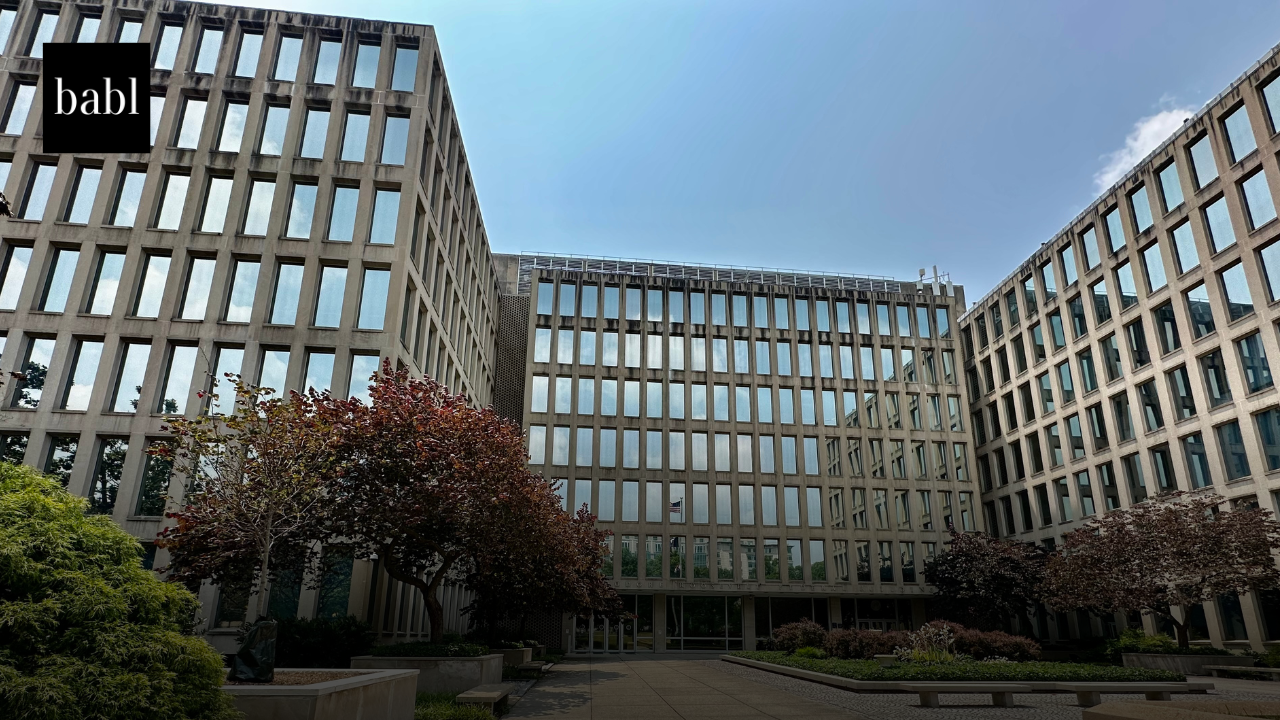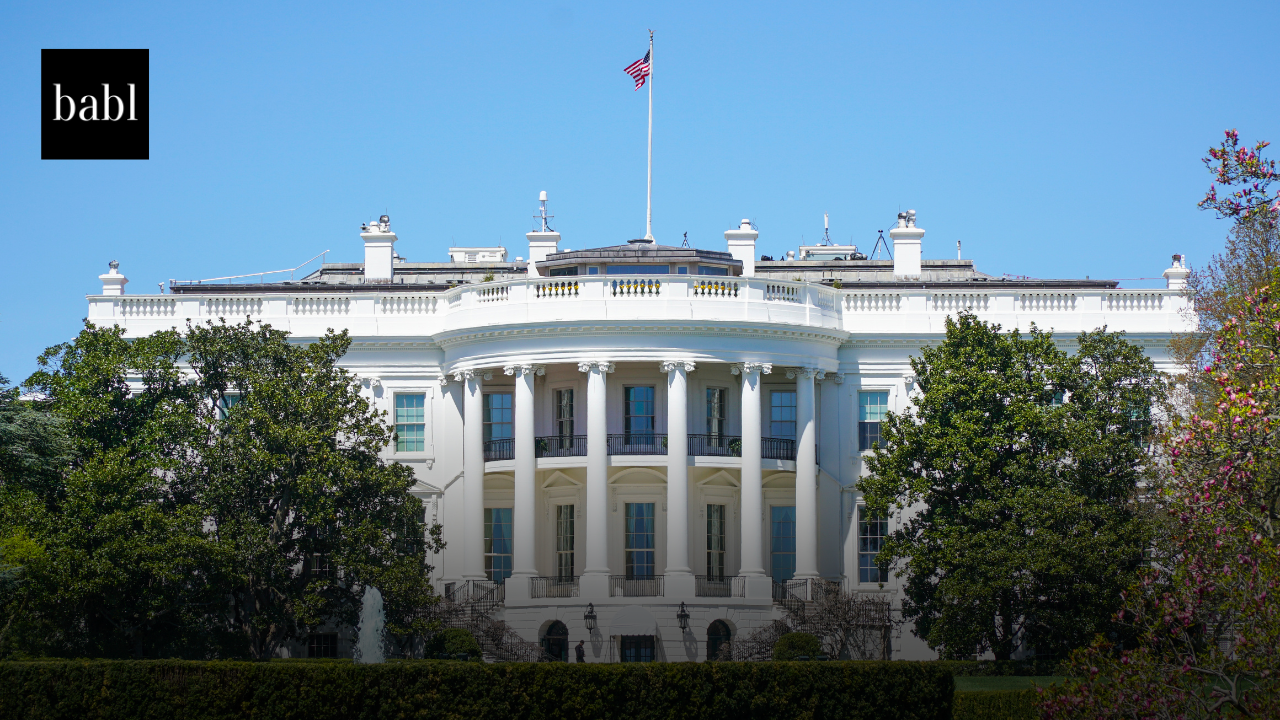UPDATE — JULY 2025: This story remains accurate but now fits within a broader federal AI governance landscape. The Trump administration has reshaped policy with “America’s AI Action Plan,” released in July 2025, and three executive orders aimed at accelerating AI adoption, cutting regulatory barriers, and enforcing “Unbiased AI Principles” in federal procurement.
The Office of Personnel Management (OPM) remains active in AI workforce development. It continues to promote responsible generative AI use through training programs and best practices. OPM’s efforts complement the Trump administration’s approach while adapting to new rules centered on neutrality and deregulation.
ORIGINAL NEWS STORY:
Federal Workforce Embraces Generative AI: Balancing Innovation with Responsibility
The United States Office of Personnel Management (OPM) has recently spotlighted the potential for generative artificial intelligence (AI) to revolutionize federal operations, underscoring the need for responsible usage to enhance service delivery across government agencies. This initiative is part of a broader effort to integrate advanced technologies in a manner that improves efficiency without compromising ethical standards or security.
How Generative AI Supports Federal Operations
Generative AI creates text, audio, and images from prompts. Tools include conversational platforms like ChatGPT and Gemini, along with image generators such as Adobe Firefly. These systems draw on large datasets of public text and images to produce complex, human-like outputs.
Federal employees can use these tools to improve productivity. Generative AI can summarize long reports, draft emails, and translate documents. By reducing time spent on routine work, the technology could transform daily government operations.
Benefits and Risks
Generative AI offers efficiency and creativity. But risks remain. Systems may produce inaccurate content, introduce bias, or expose agencies to security threats. Improper use could also raise copyright concerns or undermine trust in public institutions.
OPM warns that AI could generate plagiarized content, fabricate data, or infringe on intellectual property. Such issues carry legal risks and threaten credibility.
OPM’s Best Practices
To reduce risks, OPM directs employees to follow agency-specific AI policies. Workers must use AI tools only for official duties. They must also keep oversight of AI outputs to confirm accuracy.
OPM urges employees to avoid plagiarism, protect sensitive data, and prevent unethical use of AI-generated materials. The goal is safe, compliant, and responsible AI adoption.
Training and Community of Practice
OPM has partnered with the General Services Administration (GSA) to train federal employees. These programs teach responsible use and highlight evolving best practices.
The agency also launched an AI Community of Practice. This platform lets employees share knowledge, discuss challenges, and exchange ideas about integrating AI into federal operations. By fostering collaboration, OPM hopes to build a culture of responsible innovation across government.
Need Help?
Keeping track of the everchanging AI landscape can be tough, especially if you have questions and concerns about how it will impact you. Don’t hesitate to reach out to BABL AI. Their Audit Experts are ready to provide valuable assistance.





